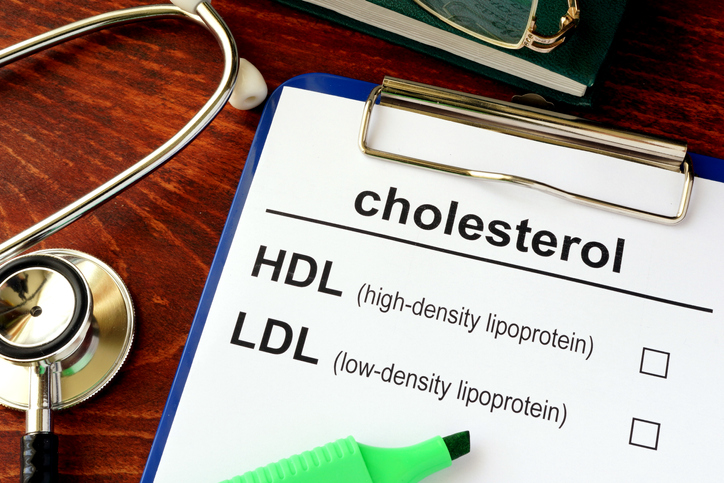September is National Cholesterol Month, making it a great time for nurses to revisit tools for educating patients about maintaining healthy cholesterol levels.
Nurses learn in nursing school about the two types of cholesterol: low-density lipoprotein cholesterols, or “LDLs”, and high-density lipoprotein cholesterol, or “HDLs”. Some cheeky nursing professors might teach their students that LDL’s are lousy, while HDL’s are happy, or the good and the bad cholesterol, respectively.
The goal for many patients is to elevate their HDL and lower their LDL levels, and nurses can play a big part in helping them achieve this. Maintaining healthy cholesterol levels is essential to well-being, and the consequences of not doing so can cause a great detriment to one’s quality of life and even death. The most notable sequelae of high cholesterol are a heart attack and stroke.
The Value of Patient Education
Many nurses take pride in their more technical skills such as phlebotomy, insertion, management of venous catheters, medication administration, and the development of nursing diagnoses and care plans. In many ways, however, patient education is a nurse’s most important task because it can prevent the need to carry out those more technical tasks that treat disease. Patient education instead is wellness-promoting. When it comes to cholesterol, it is a nurse’s greatest asset in assisting patients to avoid the potentially devastating consequences of unhealthy cholesterol levels.
Individualized Lifestyle Patient Education
Perhaps the most obvious factor to focus on regarding cholesterol is diet. For every fad diet, new superfood, and fasting regimen, there is a simple solution suitable for each individual patient. In order to effectively educate a patient about diet, the nurse must be armed with a straightforward understanding of where the patient is both physically and emotionally.
This means the nurse must know the patient’s existing dietary restrictions and needs based on physical conditions, such as carbohydrate restriction related to diabetes mellitus and salt restriction for heart disease. Emotionally, the nurse must also have an understanding of the patient’s dietary preferences and level of willingness.
A patient who claims to hate vegetables is unlikely to comply to eating a healthy cholesterol diet that is predicated on heavy vegetable consumption. This patient might do better if directed toward other dietary sources that support healthy cholesterol levels like oatmeal, berries, and other foods high in soluble fiber. Similarly, if a nurse works with a patient who makes clear that they are unwilling to stop eating fast food, the nurse might suggest a bowl of soup, a large glass of water, or a generous slice of watermelon helps hydrate before a meal. Hydration offers a wealth of health benefits besides relieving thirst, which many dehydrated patients confuse for hunger.
Stress management is not only a tool for a more pleasant daily life, but it is also an essential component of healthy cholesterol levels and overall wellbeing. Chronic stress can throw off our bodies’ cortisol release cycle, and there is a clearly defined relationship between abnormally elevated cortisol and high cholesterol.
Again, individualized patient education is key. Relaxation, sleep, and exercise are three fundamental components of managing cortisol and its effect on cholesterol. This doesn’t mean that every patient will be willing to start meditating, following a strict bedtime, and running marathons. By meeting with the patient and learning about their hobbies, the nurse may discover the patient loves to knit, dance, and read. For this patient, the nurse may recommend knitting to relax, dancing to music for fifteen minutes a day, and going to bed with a good book rather than watching the news.
The Role of the Nurse
Patient education is the nurse’s greatest asset in helping patients to establish lifestyle measures that support healthy cholesterol levels. In order to do this effectively, nurses must establish a rapport with a patient that engenders trust and understanding. This allows both the nurse and the patient to create a plan for the patient that is both effective and feasible to promote a patient’s cholesterol levels. Use September as a time to remind patients they are worth it!
- Managing Caregiver Burden - December 22, 2019
- Side Hustles to Try as a Nurse - October 11, 2019
- Tips for Becoming a Better Nurse Writer - September 30, 2019



